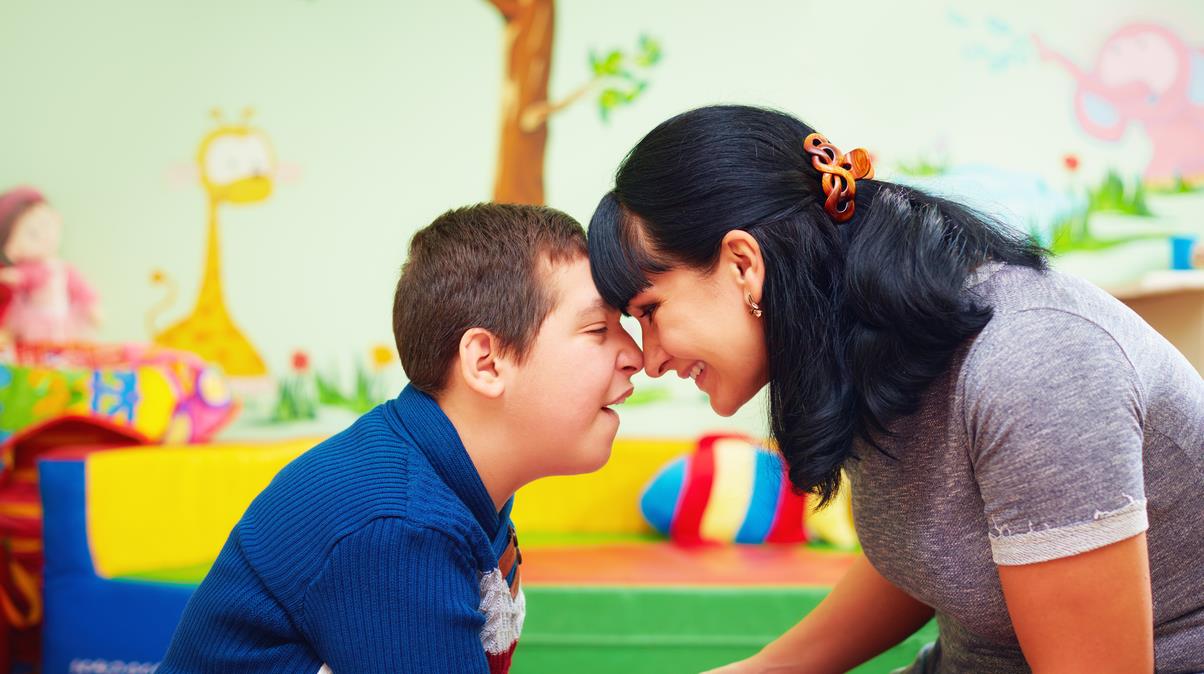
Adoption Process
If you have reviewed our About the Kids and Could you Adopt? pages and would like to know more, we recommend that you also visit Ontario's Adoption Information Service to learn more about your options and how the adoption process works in this province. If you would like to proceed with a public adoption through a Children's Aid Society, your first step will be to contact the Society that serves the region where you live. This is the process at Peel CAS:
Application
Fill out our Adoption Intake Form and someone from our Permanency department will contact you to discuss your application. At this point you are welcome to ask any questions you may have, and the worker will tell you more about the process and what to expect.
SAFE Assessment and Parent training
All prospective adoptive families will undergo background checks and a Structured Analysis Family Evaluation (SAFE) home study to gather information about your family's unique strengths and compatibility factors. This process includes several home visits and interviews. Adoptive parents are also expected to take a Parent Resources for Information, Development and Education (PRIDE) training course.
Once you're approved
Once you have completed the application, assessment, and training process and have been approved to adopt a child, workers will carefully consider if your family would be a good fit for any children who are available for adoption. The number of children waiting for adoption, and the number of families who want to adopt, varies from one part of the province to another. Therefore, Children’s Aid Societies will often seek families from other areas of the province.
If your family is matched with a child, the transition to become an adoptive family is one that is carefully planned with the child’s well-being in mind. In some situations, birth parents provide input about the kind of family they would like for their child or are involved in selecting the adoptive family. If a child is old enough, they may also take part in this decision. You will be provided information about the child, to help you determine if they seem like a good fit for your family. All parties have a voice in making this important decision.
Placement
Adoptive parents will visit the child frequently to allow the child to get to know the new family and surroundings before actually moving into their home. The child and the adoptive family receive support from agency staff as well as the foster caregiver throughout this emotional time.
By law, there’s a minimum six-month ‘probation’ period from the time a child moves into their new home until the adoption is completed. Depending on the needs of the child and the adoptive family, a longer adjustment period may be necessary. When everybody’s ready to complete the adoption, an application is made to the court for an adoption order. Once granted, this makes the adoptive parents the child’s legal parents, and the child a legal member of their family.
Openness
Applicants should be aware that there is openness between adoptive families and birth families. This could range from photos or letters, to virtual or face to face contact between birth families and children. Maintaining this connection helps adoptive parents be better parents and helps reduce the trauma of separation and loss for children and youth. The degree of openness a child needs, a birth parent wishes, or what an adoptive family can accept, is carefully considered early in the adoption process.
